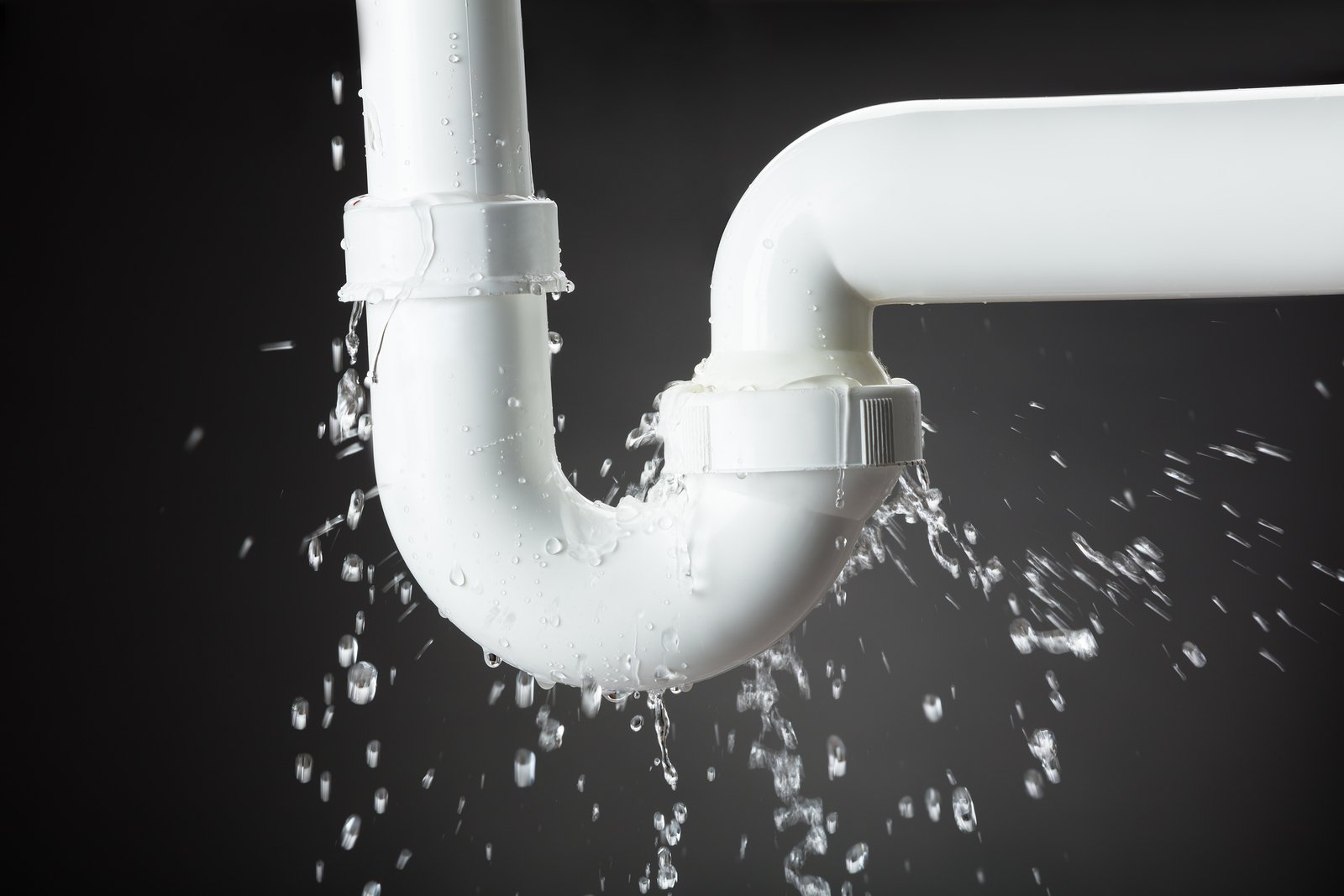[ad_1]
Aloe Vera (AL-oh VER-uh) is a succulent plant native to the drylands of northern Africa. It can also be found in dry areas around Asia, southern Europe, and the Americas.

Aloe Vera is a perennial plant that belongs to the Asphodelaceae (Liliaceae) family. The botanical name of Aloe vera is Aloe barbadensis. It also goes with several other Common names include:
- Burn Plant
- Medicine Plant
- Lily of the Desert
- Elephant’s Gall
- Laxative plant
- Aloin
- Barbaloin
The name “Aloe vera” is a testament to the widespread popularity of this hardy, useful plant. “Aloe” comes from an Arabic word (alloeh) which means “shining bitter substance.” “Vera” is a Latin word that means “true.”
Aloe Vera Plant Quick Growing Guide:
- Family: Asphodelaceae, Liliaceae, or Xanthorrhoeaceae
- Botanical Name: Aloe barbadensis miller
- Origin: Africa, Madagascar, India, the Middle East
- Common Names: Flower of the desert, Mediterranean aloe, Unguentine cactus, Lily of the desert, Elephant’s gall, Miracle plant, Barbados aloe, Coastal aloe, Common aloe, Medicinal aloe, Star cactus, Indian aloe, True aloe, Aloe vera, Burn plant, Aloe
- Uses: In cool areas, aloe is kept as a houseplant. In the desert and tropical settings, it grows as a garden or outdoor container plant.
- Height: Varies considerably (7″ or 8″ inches to 4′ to 6′ feet) depending upon the variety. Most houseplants are under a foot high.
- USDA Hardiness Zones: 8-10
- Flowers: Occasional red, orange, or yellow bell-shaped flowers.
- Foliage: Thick, gel-filled, variegated leaves or spears.
Aloe Vera Plant Care
Aloe Vera is a resilient plant that can thrive in dry soil without much care.
Can you keep aloe plants indoors or outdoors?
Aloes can be kept indoors or outdoors, depending on the growing zone, and light conditions. Inside or outside it requires minimal attention.
But still, there are some points that you need to understand to keep your Aloe Vera plant healthy and happy.
Growing aloe vera is easy, and they thrive on neglect. The make excellent home or office plants.
Besides providing pretty decoration, aloe leaves contain a clear gel that’s a popular home remedy.
Size and Growth
The size to which your Aloe Vera plant will grow depends on the size of the pot. The bigger the pot is, the more room there is for the roots to grow, and consequently, for the leaves too. Being indoors or out doesn’t affect the size of the plant.
NOTE: Aloe grows outdoors year-round in USDA Hardiness Zone 10 or higher.
Flowering and Fragrance
Aloe Vera needs bright, indirect sunlight to flower. When placed indoors, keep the plant near a window. Make sure to rotate the plant every few days so that all sides get an equal amount of light.
If planted outside, there is no need to rotate the plant as the light will be distributed evenly.
The Aloe Vera flowers are one to three inches tall and shoot from the center of the plant. They can be either red, orange, or yellow., and they have no distinctive smell.

Light and Temperature
Aloe Light Requirements: Aloe Vera needs bright sunlight to grow and thrive. But when it’s placed in intense, direct sun for a long time each day, the green leaves may show signs of sunburn. The leaves will droop in poor or low lighting conditions.
Aloe Vera doesn’t tolerate temperatures lower than 50F.
When should aloe plants be brought indoors?
If your Aloe is growing outdoors, it’s a good idea to bring it inside on cold nights, and during the winter or if the outdoor temperature drops below 50°F (10°C).
Where should I put my aloe plant in my house?
Aloe vera indoors does best when they receive lots of bright, indirect light for at least six hours a day. An ideal spot is a south facing window. In low light locations adding artificial light is a good option.
Watering Schedule and Feeding
Aloe Vera doesn’t need frequent watering. Only water the plant when the top inch of the cacti soil is completely dry. Water the plant richly and let the pot fully drain and then promptly empty any excess water that has drained into the pot’s drip tray.
Fertilize the plant once at the beginning of the spring. You can use a phosphorus-heavy, water-based fertilizer at half-strength.
Avoid overwatering to keep these conditions from developing or worsening.
Related: More on Overwatering Your Aloe
How often do you water an aloe plant indoors?
Aloes growing indoors should be watered sparingly. Watering about every two to three weeks is a good schedule. But, make sure the soil is allowed to dry out between waterings.
How often should I water my aloe plant? A: Aloe plants should be watered sparingly, about every two to three weeks, and the soil should be allowed to dry out between waterings.
Soil and Transplanting
The best soil to plant Aloe Vera is a cactus or succulent potting mix. If you can’t find it, use regular potting soil and mix it with coarse sand, lava rock or perlite.
Aloe Vera should be re-potted as required to refresh the soil and to give it some space to grow. When transplanting into a bigger pot, (they look great in terra cotta pots) ensure it’s no larger than 2 sizes up.

Grooming and Maintenance
Aloe Vera is a low-maintenance plant. The only thing you need to do is to remove the dead leaves if you find any. Leaves might die due to scorching by sunlight that’s too intense, or by not getting enough sunlight. Try to balance the exposure to reduce damage.
If you like, you can move your potted plant outdoors for the summer, but don’t put it in direct sunlight right away.
In other areas, aloe grows best indoors as a houseplant, with some gardeners moving it outdoors for summer.
Unfortunately, a bloom is rarely achievable with aloes that are kept as houseplants, since the plant requires nearly ideal conditions to produce flowers: lots of light, sufficient water, and the right temperature range.
Even if you live somewhere colder than that, you can move your potted aloe vera to a sunny spot outside during the summer months, as long as the container has drainage holes.
Related: Is Aloe Toxic To Cats?
Informative Aloe Video From Gardening Australia
How To Propagate Aloe Vera
The most common method is propagation from suckers. Suckers are plantlets, or baby plants (called pups), that are produced by the mother plant. They can be taken out and planted in a separate pot to allow them to grow.
To separate a pup from the mother, you need to uproot the plant and look for the point of connection between the pup’s roots and the mother’s. Cut the connection with a sharp knife or scissors.
This will decrease the chance of inducing rot and give the plant time to put out new roots.
Pro TIP: Dip the end of the plantlet in a rooting hormone before planting.
Growing Aloes From Seed
Aloe: Common Problems, Diseases and Pests Infestation
There are a few diseases and pests that can afflict Aloe Vera.
Bacterial Soft Rot
The Pectobacterium chrysanthemi disease is caused by a bacterial infection. The bacteria favor hot and wet weather. The infected plant has its leaves turning black and swelling with gases. Young leaves droop and wither. There is no cure for soft rot, but you can protect the plant by keeping it dry.
These plants are subject to root rot, especially when growing indoors.
Anthracnose Disease
Colletotrichum gloeosporioides favors wet and warm conditions. It appears as reddish-brown circles on the leaves. The circles widen and join together. To get rid of this fungus, you need to move the plant to a dry area and use a suitable fungicide.
Basal Stem Rot
This fungal infection takes place in damp, cold conditions. It can be detected as the base of the plant turns black and starts to rot. This disease is detrimental and has no cure. The best thing you can do is to prevent it from taking place by allowing the soil to drain well.
Aloe Vera Aphid
This insect feeds off the leaves. They are usually found concentrated near the bottom. Large numbers of aphids can slow the growth of the plant. Apply pesticides to kill them.
However, it can sometimes be susceptible to mealybug in between the leaf rosettes. Also, keep on the lookout for Aloe mites that can distort leaves.
Aloe FAQs
Does Aloe vera need direct sunlight?
They do not need direct sunlight, but they thrive in it. Aloe vera plants need bright, indirect light for about six hours per day.
Can aloe vera plants survive without sunlight?
No, aloes cannot survive without “light”, but, they can grow well with artificial grow lights.
How do you save an aloe plant from dying?
First, to save an aloe, you need to identify the problem. Is the plant suffering from overwatering or underwatering? If so, adjust the care. You can also trim off any dead or damaged leaves and repot the plant in fresh, well-draining soil.
How To Harvest, Store & Use Aloe Vera Gel?
When it comes to herbal remedies, everyone has heard of aloe vera gel and juice. These soothing substances are often used to treat burns, bruises, abrasions, and minor skin irritations.
The juice can also be used to soothe the tummy, relieve constipation, style and condition your hair, and more.
Harvesting and using aloe vera gel is simple, in itself. Just cut off a mature leaf with a sharp knife and split it lengthwise.
You can:
- Squeeze the gel directly from the leaf onto your minor burn, sore spot, or skin irritation.
- Make an aloe compress by splitting the spear lengthwise, opening it up, and laying it on the affected area.
- Keep in mind that aloe gel should not be depended upon to treat large or deep burns, severe wounds, or severe skin conditions. [source]
To harvest a larger amount of juice to keep on hand ready for use. Do the following:
- Harvest the number of aloe leaves you want.
- Slit the leaves
- Scrape the gel out with a spoon and put it directly into a clean, glass container.
- The gel will keep fresh in the refrigerator for about a week.
To store aloe gel for longer periods of time, put the gel into ice cube trays and freeze it. Once the cubes are frozen, move them into zip-lock plastic bags or sealable freezer containers to protect them from accidental contact contamination.
An aloe vera ice cube is incredibly soothing to a minor bruise, sunburn, or kitchen burn. You can also thaw these cubes out a few at a time to use as a hair conditioner.
Use the gel undiluted as a rinse-out conditioner. Dilute it 50/50 with filtered water for a leave-in conditioner. Add a few drops of light natural oil such as jojoba oil for more conditioning power. Essential oils add a pleasant scent.
Aloe Vera Uses
Aloe Vera is not called the medicine plant in vain. It has many healing and therapeutic uses.
- Can be used to ease sunburns and minor burns. Applying it directly to the injured area lessens redness and temperature.
- The plant has been in use as a natural remedy for a couple of centuries before the time of Christ.
- Applied in moderation, it can act as a skin moisturizer. Excessive use can cause irritation of the skin.
- Rubbing aloe vera on the scalp can help reduce dandruff problems.
- It makes an excellent houseplant for decorating a bathroom in every state in the union.
- You can harvest aloe vera gel from your plant to use it on minor burns and cuts, and even to make your own soaps, lotions, and other skincare products if you want.
[ad_2]
Source link








 + Planting String of Watermelon Succulents
+ Planting String of Watermelon Succulents  with Garden Answer
with Garden Answer


